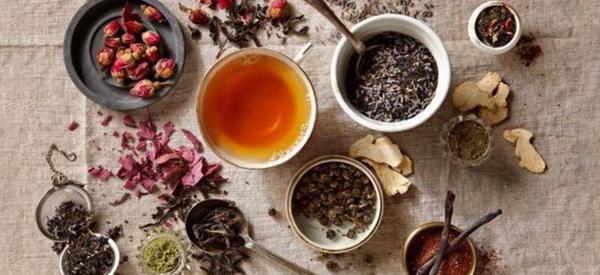
The 7 Most Powerful Medicinal Tea Blends
Using a blend of herbs straight from your garden, you can treat a wide range of ailments by simply brewing a medicinal tea.
1. Digestion and Stomach Problems
There are so many herbs that lay claim to aiding digestion or easing stomach aches. Many of the herbs listed below have been backed by science. Below are some common herbs that can be grown in the garden which can be used to treat a broad range of stomach problems, especially digestion and stomach aches.
- Ginger, lemon, and dandelion leaves are all bitter-tasting herbs, and it is this bitterness that stimulates bile and gastric acid production. This aids digestion by breaking down food. Ginger can also soothe and relax your intestines and has been found to prevent heartburn by tightening the esophagus muscle.
- Chamomile is easy to grow and can reduce stomach cramps, inflammation, and bloating. It is also known for its overall calming effect.
- Lemon balm has a slightly sweet, zesty taste, and has been used to treat digestion conditions for centuries. It has antioxidants and contains compounds that may reduce swelling and pain.
- Marshmallow root aids digestion by encouraging mucus production in the digestive tract. This soothes any irritated gut lining and inflammation.
- Eucalyptus leaves make a great tea which has the ability to ease and soothe the digestive tract. It contains antioxidants and has a fresh, minty taste.
- Peppermint and mint promote gases and bile to move through your body which eases bloating. They also work as antispasmodics to calm an upset stomach.
- Thyme is good for stomach aches and has been used to treat diarrhea throughout history. It tastes similar to rosemary, with a hint of mint or lemon.
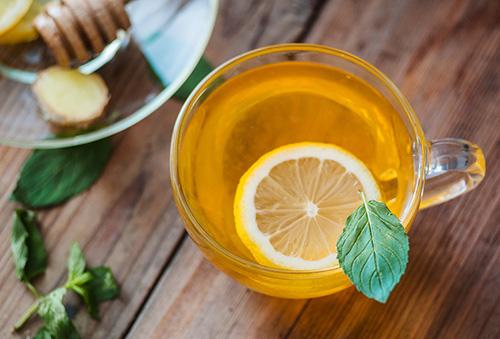
Herbal Tea Blend for Digestion
- Place 1-2 slices of ginger, 1 sliced marshmallow root, and 2-3 dandelion leaves and flowers in a small pot of water and bring it to a boil.
- Add 2-3 chamomile flowers and lemon balm leaves, then simmer for 5 minutes.
- Remove from heat and add 1 sprig of thyme and 1-2 slices of lemon.
- Cover and allow to brew for 5 minutes.
- Add a small handful of either mint, peppermint, or eucalyptus leaves and brew for 3 –5 minutes.
- Strain and sweeten with honey if necessary.
Catnip, feverfew, and juniper berries can also be used to make an herbal tea for digestion.
2. Blood Pressure
The theophylline in black tea increases the flow of blood to the capillaries, and eucalyptus dilates your arteries. Both of them help lower blood pressure.
Hibiscus flowers have been proven to lower blood pressure and are also filled with antioxidants and anti-inflammatories.
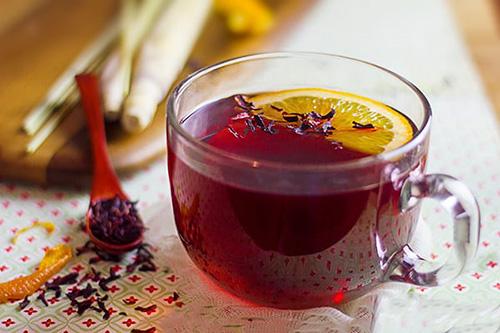
Herbal Tea Blend for High Blood Pressure
- 1 regular black tea teabag.
- A small handful of hibiscus petals.
- A few fresh eucalyptus leaves.
- Place ingredients in a mug or small pot and pour boiling water over them.
- Allow to brew for 5 minutes.
- Strain and sweeten with honey.
3. Diabetes and Blood Sugar
Some people are able to manage their diabetes by going on a strict diet. Below are some common garden herbs that can help to regulate either insulin production or sugar absorption in your blood.
- Milk thistle can help people lower their blood sugar levels. It is packed with silymarin, which is an anti-inflammatory and an antioxidant. It has a very light, slightly bitter taste.
- Sage is light tasting and has been shown to lower blood sugar levels when taken over a long period.
- Cinnamon has been proven to improve your body’s sensitivity to insulin and therefore can help diabetics to regulate its production. It is full of antioxidants. The sweet, nutty flavor goes well with milk thistle tea.
- Jasmine helps your body metabolize glucose, so it can prevent diabetes.
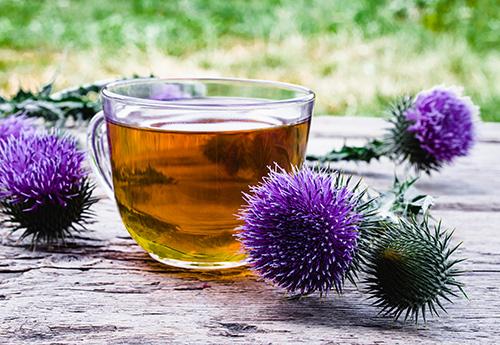
Herbal Tea Blend for Lowering Blood Sugar
- Place a cinnamon stick in a pot of water and bring it to a boil very slowly (20 minutes).
- Remove from heat and brew for an additional 15 minutes. Remove the cinnamon stick when the water turns a dark, golden color.
- Bring the pot to a boil again, then remove from heat.
- Add a few milk thistle leaves, sage leaves, and fresh jasmine flowers and buds and brew for another 5 minutes.
- Strain and serve.
Another herbal tea blend that you can make to lower blood sugar levels includes hibiscus flowers, turmeric, ginger, lemongrass, stinging nettles, and eucalyptus leaves. These ingredients either hinder your body’s ability to absorb sugar or regulate insulin production.
4. Cholesterol
High cholesterol is another health problem that can be managed with a strict diet. Its prevalence amongst the population means that a large amount of research has been performed on how some plants can lower cholesterol.
- Hibiscus tea is a common beverage for people with high cholesterol. It has a tart, refreshing taste that is similar to the taste of cranberries.
- Milk thistle has been studied for its ability to lower cholesterol.
- Both green tea and jasmine tea have both been found to lower cholesterol.
- Lemongrass helps to rid the body of toxins including cholesterol.
- Dandelion flowers and leaves can help your body to break down fats and cholesterol.
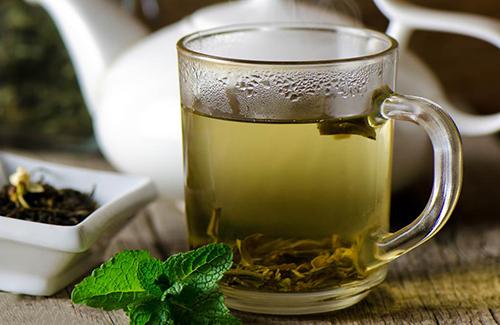
Herbal Tea Blend For Cholesterol
- Place a small handful of lemongrass and a few dandelion flowers and leaves into a pot of water and bring it to a boil.
- Simmer on a low heat for 5 minutes.
- Remove from heat and add a few milk thistle leaves, jasmine flowers, hibiscus petals, and a regular green tea teabag. Cover and brew for 3 – 5 minutes.
- Strain and serve.
Other herbs and spices that can lower your cholesterol include Yerba Mate, cinnamon, and sage.
5. Respiratory Conditions or Asthma
More and more people are discovering natural ways to minimize the symptoms of asthma and respiratory conditions. Drinking an herbal tea blend can soothe the throat and relax the airways.
- Licorice root makes saliva thicken and triggers mucus production which gently coats and soothes the airways. It also reduces inflammation. Licorice root can raise blood pressure if taken over a long period. Marshmallow root and honey can be used instead.
- The caffeine in black tea can provide up to 4 hours of relief. It works by relaxing the lungs and opening the airways.
- Ginger is an anti-inflammatory as well as an anti-histamine. It relaxes and soothes the throat and lungs.
- Eucalyptus and peppermint have antispasmodic properties that can relax muscles and open airways. They are both powerful decongestants by limiting the production of phlegm and breaking up mucus.
- Thyme reduces the duration of an asthma attack when taken over the long term.
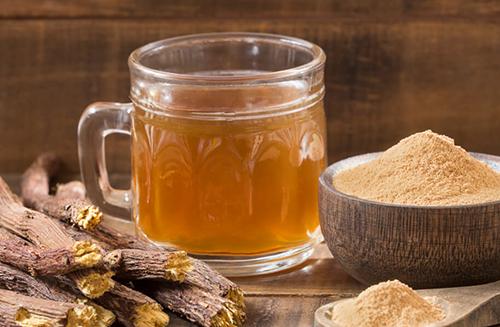
Herbal Tea Blend for Asthma
- Place 1-2 slices of ginger and licorice root in a pot and bring to a boil.
- Add 1 sprig of thyme and simmer for 10 minutes.
- Remove from heat and add a regular black tea teabag and a small handful of either mint or eucalyptus leaves.
- Cover and allow to brew for 5 minutes.
- Strain and serve.
6. Menstrual Cramps
- Chamomile has long been used to reduce stomach cramps and aches thanks to its antispasmodic properties.
- Dandelion flowers and leaves can balance hormones to reduce menstrual cramps.
- Ginger helps to settle the stomach and menstrual cramps
- Yarrow flowers and sage have been used throughout history for menstrual cramps.
- Catnip, lavender, and raspberry leaves are all antispasmodic and relax the uterus.
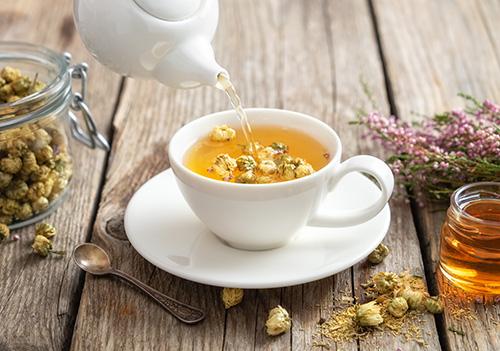
Herbal Tea Blend for Menstrual Cramps
- Place 1-2 slices of ginger, 2-3 chamomile flowers, raspberry leaves, and dandelion flowers and leaves in a pot with water and bring to a boil.
- Simmer for 5 minutes.
- Remove from heat, add 2-3 yarrow and lavender flowers, cover, and brew for 5 minutes.
- Add a small handful of sage and catnip leaves and brew for 3 – 5 minutes.
- Strain and serve.
Red clover flowers can balance hormone levels to reduce menstrual cramps, however, they also act as a blood thinner, can make the birth control pill ineffective, and have also been linked to an increased risk of cancer of the uterus, so they shouldn’t be consumed over long periods.
7. Headache
There are many different types of headaches that can be treated with certain herbal tea blends harvested from the garden.
- Ginger has been studied thoroughly, and it is as effective at reducing the pain from headaches as an over-the-counter medication.
- Studies show that feverfew can decrease the frequency and duration of a migraine. It has a bitter taste similar to chamomile.
- Lavender relaxes the body and can help with tension and stress headaches.
- Rosemary and sage can both help treat cluster headaches by increasing blood flow to the brain and decreasing inflammation.
- There is a link between the occurrence of headaches and migraines with low levels of magnesium. Alfalfa (Medicago sativa) is high in magnesium and has a very light, slightly bland taste.
- If taken at the onset of a headache, then taking a small amount of caffeine, like that found in a regular teabag, has been shown to reduce the severity of a headache.
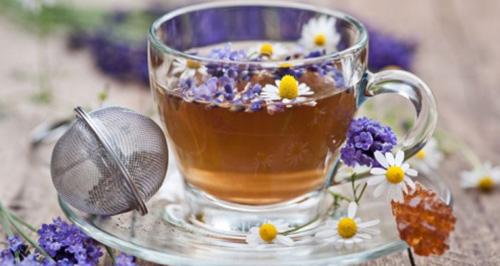
Herbal Tea Blend for Headaches
- Place 1-2 slices of ginger, 2-3 feverfew flowers, and alfalfa leaves in a pot with water and bring to a boil.
- Simmer for 5 minutes.
- Remove from heat, add 2-3 lavender flowers, a sprig of rosemary and sage, and a regular teabag. Cover and brew for 5 minutes.
- Strain and serve.
White willow bark, butterbur, and ginkgo tea can also treat migraines and headaches.
You may also like:
 10 Teas That should Always be In Your Cupboard
10 Teas That should Always be In Your Cupboard
Erratic Blood Sugar? Never Eat This Veggie (Video)






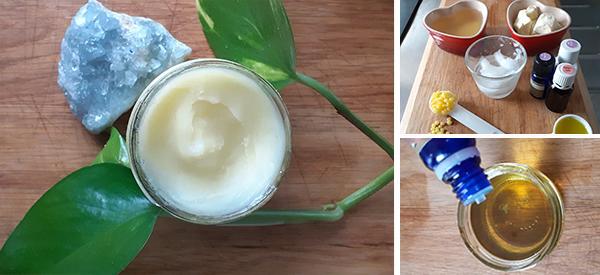
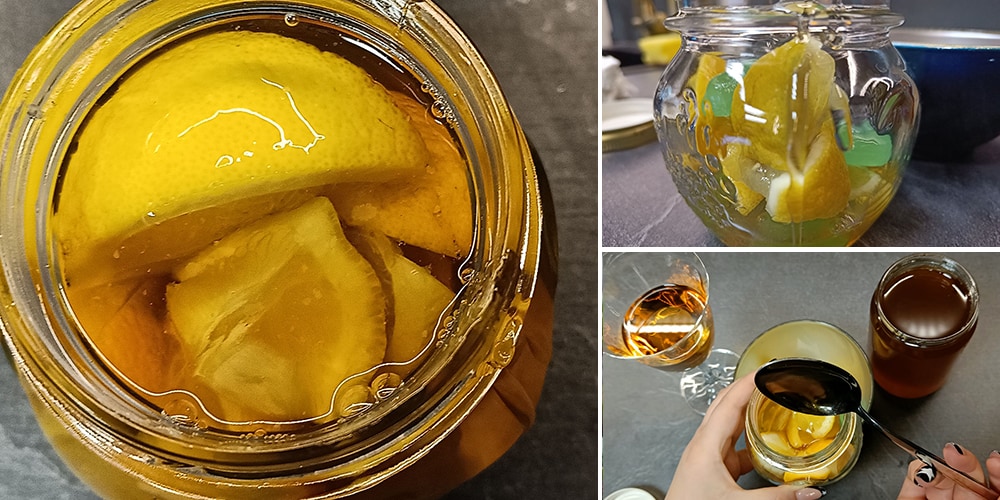
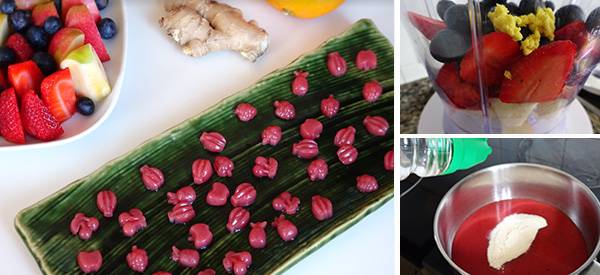
wow wow and wow again, such wonderful info. thank you
Hi Marian,
Thank you for your feedback.
We really appreciate it.
God bless!
This is WONDERFUL information! I knew some of this, but certainly not all! Nor did I know the blends. You have opened my eyes WIDE. My daughter, granddaughter, and I suffer from migraine, sinus, and tension headaches, often all three at once. I’d love to know some of your blends for sinus headaches as well, if you have time to share. Thank you tremendously for these recipes!
Hi Susan,
Thank you for your feedback.
We are glad you found the article useful.
The Best Herbal Teas for Sinus Headaches are: Peppermint, Chamomile, Eucalyptus, Wild thyme, Marshmallow Root, Rosehips.
Adding lemon juice or a slice of lemon to your tea can also thin mucus, thanks to the acidic properties of the fruit.
God bless!
Thank you! Much appreciated!
Thank you so much for the wealth of information you provide in your book. GOD bless!!!
Hi Sherry,
Thank you for your feedback.
We really appreciate it.
God bless!
I was surprised to not see pennyroyal among the menstrual tea herbs. That is what I use along with yarrow. What are your thoughts on that? I believe it has been deemed as toxic in large amounts.
Hi Lorelei,
Thank you for your comment.
We didn’t mention the Pennyroyal because of the special precautions and warnings, but you can definitely substitute one of the other herbs with pennyroyal.
It’s
And of course, the appropriate dosage of pennyroyal depends on several factors such as the user’s age, health, and several other conditions.
God bless!
Please let me know if star jasmine flowers can be used to make tea.
After looking up star Jasmine, I found all parts of the plant to be toxic. Only Jasminum sambac can be ingested. All other jasmines are toxic. Another site says there are two jasmines one can ingest. The second is Sampaguita, no Latin name given. I looked this information on Google.
What tea do you recommend for bladder health, specifically OAB and UTIs?
For asthma would Mullen not be appropriate
Does anyone know of sage, rosemary and lemon balm tea blend ?